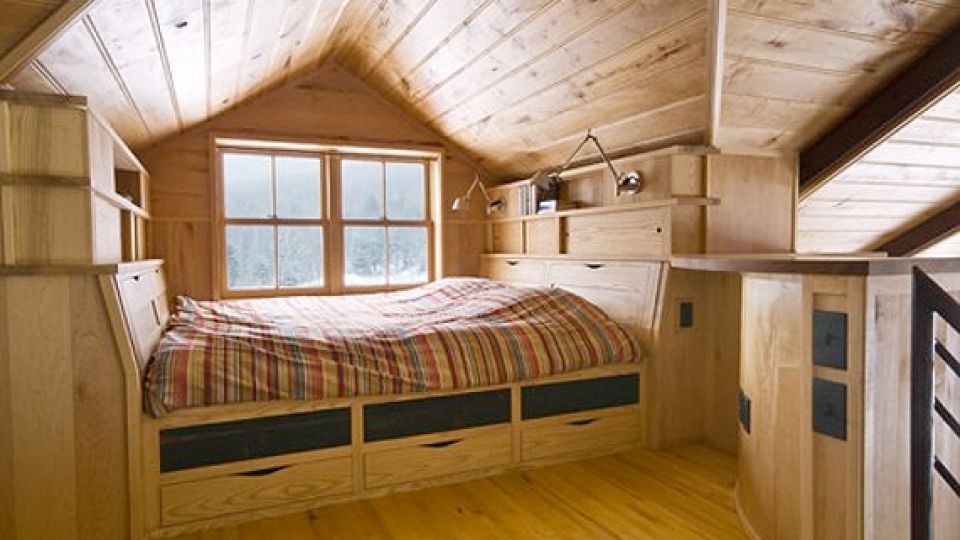Creating an attic home gym equipment setup is an innovative and efficient way to utilize your attic space. With the right planning and equipment, you can transform this often overlooked area into a personal fitness sanctuary. Whether you’re a homeowner or a real estate developer, understanding how to effectively set up a gym in an attic can significantly enhance the value and functionality of a home.

Why Choose an Attic for Your Home Gym?
Choosing an attic for your home gym is a smart decision for several reasons. First, it allows you to make the most of unused space in your home, turning it into a productive area. An attic gym also offers privacy, allowing you to exercise without distractions. Additionally, it can add value to your property, making it more attractive to potential buyers.
Planning Your Attic Home Gym Equipment Setup
Assessing the Space
Before setting up your gym, it’s crucial to assess the space you have available. Measure the area to understand what equipment can fit and ensure that the attic structure can support the weight of the equipment and users. Consulting with professionals or using resources like attic remodel ideas can provide valuable insights.
Ensuring Proper Ventilation
Proper ventilation is essential in an attic gym to maintain air quality and comfort. You might consider installing a fan or air conditioning unit. For more detailed guidance, check out these HVAC ductwork tips.
Selecting the Right Equipment
Cardio Machines
Cardio equipment like treadmills, stationary bikes, or rowing machines are excellent choices. They provide a full-body workout and are essential for cardiovascular health.
Strength Training Gear
Incorporate strength training equipment such as dumbbells, kettlebells, or resistance bands. A multi-gym station is also a good option if space allows.
Designing the Gym Layout
Space Optimization
Design your gym layout to maximize space. Consider foldable equipment or wall-mounted solutions to keep the area uncluttered.
Lighting and Ambiance
Good lighting is crucial in an attic gym. Install bright, energy-efficient lighting to create a motivating atmosphere. For installation tips, visit lighting fixture installation.
Safety and Maintenance
Flooring Considerations
Choose flooring that can withstand heavy equipment and provide cushioning, such as rubber mats. This will protect both your equipment and the attic floor.
Regular Maintenance
Regular maintenance of your gym equipment is essential to ensure safety and longevity. Keep equipment clean and perform routine checks to prevent any issues.
Additional Considerations
Attic Insulation
Proper insulation is important to maintain a comfortable temperature. Insulation tips can be found in resources like attic dehumidifiers.
Structural Integrity
Ensure the attic’s structural integrity can support gym equipment. You may need to reinforce the floor or consult a structural engineer.

FAQs
How much weight can an attic floor support?
The weight an attic floor can support varies based on construction. It’s advisable to consult a structural engineer to assess your attic’s capacity.
What is the best cardio equipment for an attic gym?
Compact and lightweight machines like folding treadmills or stationary bikes are ideal for attic gyms due to space constraints.
How do I maintain good air quality in my attic gym?
Ensure adequate ventilation and consider installing a dehumidifier to maintain air quality. Regular cleaning also helps in keeping the space fresh.
Transforming your attic into a home gym is a rewarding project that enhances your home’s functionality and value. With careful planning and the right equipment, you can create a motivating space that meets all your fitness needs.
This article contains affiliate links. We may earn a commission at no extra cost to you.



